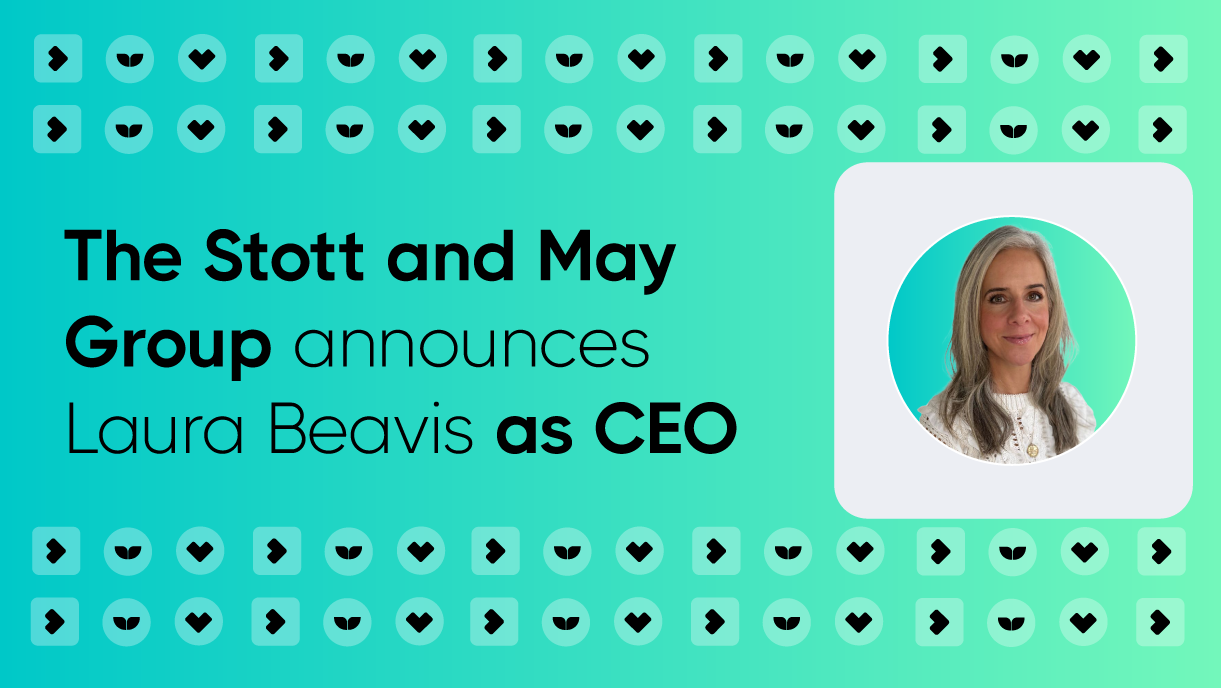In this subsection from our full ‘So you want to be successful in Customer Success?’ paper, this former Adobe Customer Success Manager discusses aligning customer success objectives with overall business goals, challenges of transitioning support teams, key performance metrics, stakeholder management, and strategies for moving from reactive to proactive customer success.
Skip ahead to:- Aligning Customer Success objectives with business goals
- Challenges with blending Customer Support and Customer Success
- The metrics that matter: assessing the performance of your function
- Creating the right environment for customer success teams to thrive
- Identifying key stakeholders across the business for Customer Success
- Shifting Customer Success from a reactive place to a proactive one
How important is it that the objectives of the customer success team align tightly with the objectives of the business?
I would absolutely agree that the objectives of the business and the customer success function need to align. It’s about having a vision in place from senior leadership that puts a firm focus on value realization for customers. If that doesn’t exist, your customer success function is always going to experience internal friction and challenges. The organization needs to be invested in not just customer success as a team or function but customer success as a way of doing business. That means holding every employee in every business unit accountable for their relationships and interactions with the customer. Ultimately, our role is about understanding our customers’ challenges and bringing the right people to the table to make them more successful than they ever imagined possible. The whole organization needs to work together to support the customers' success.
Taking it a step further, though, it’s not just about customer success aligning with the objectives of the business – it’s also about aligning with the objectives of our customers. CSMs should be accountable for creating a mutual success plan with the customer and proactively driving that agenda. It’s about understanding the client’s business challenges and helping them overcome them. That’s our core purpose. That means engaging at a strategic level as well as on tactical day-to-day issues. That often involves bringing our own executives to quarterly business reviews to encourage that level of peer-to-peer exchange and strategic discussion. As I’ve said before, customer success is a team sport, and the willingness of your senior leaders to attend these meetings tells you everything you need to know about their engagement on the issue.
We’ve seen a trend towards customer support teams being rebadged as customer success teams; what are the challenges with this?
I think this largely depends on the type of customer success team you are trying to create. Are you asking your CSMs to support 5-10 strategic customers proactively or manage 30-plus clients and their associated tactical issues? If you are trying to create the former, then simply rebadging your support team isn’t going to create the right outcomes for the business. CSMs should never really be fixers. They need to understand the product but not fix it. Just as they need to understand the commercials but not sell them. As soon as customer success becomes a support function, then you are just opening and closing tickets.
Customer success is about strategy. If all you are doing is running a support desk, then it becomes incredibly difficult to elevate the discussion from the tactical to the strategic. Time spent closing tickets ultimately takes away hours that could be better used bringing the right resources together to drive the customers' long-term success.
What are the most important metrics you look at when assessing the performance of your function?
One of the first metrics a customer success team should look at closely is adoption. Nobody wants to be that ‘gym membership purchase’ where you sign up with great intentions but never really make use of it. SaaS businesses are at a huge advantage here because of the amount of user data that’s available. The key is to leverage that insight effectively. What parts of the solution are they using? Which use cases have they prioritized? What progress are they making? Adoption scores can be benchmarked by industry sector and play a key role for CSMs in identifying risk, which allows us to be more proactive. If adoption scores are low, we quite simply aren’t being proactive enough as a team. We also get our customers to assess themselves by completing maturity assessments which is a good way of gamifying the adoption process.
It’s not all about data, though it’s about actions, too. For example, I’d expect a high-performing customer success function to have a mutual success plan in place for every client. CSMs need to be accountable for flagging risk early against a clearly defined profile. In that event, a detailed action plan needs to be put in place. This can be a very time-consuming process, which is why you typically have a low CSM-to-customer ratio. The focus here is on our own proactivity, but it is also important to hold our customers accountable for how we improve and personalize our service to them.
What do you need to put in place as a manager to create the right environment for a customer success team to thrive?
I think the important thing to remember is that your team is likely to have entered into customer success from a broad variety of backgrounds, whether that be sales, product management, or technical support. They may have been part of other businesses that deliver customer success in a completely different way. That makes it essential to be clear on what the focus of the team is. What are we here for? What are we going to drive? Being clear about the vision and objectives of the function gives the team something to get behind and an identity within the broader organization. It’s important to remember that not every individual is going to ‘do customer success’ in the same way. That’s okay; skills will vary. That makes it key to find the right CSM for the right customer.
Outside of the customer, who are the most important stakeholders in the business for customer success and why?
Stakeholder management is a really important part of building a successful function. Buy-in and engagement from across the business are essential ingredients in making sure we can present a joined-up service to the customer. We need to work effectively with senior leadership to align with the vision and strategy of the business and regularly validate priorities. We need to create a feedback loop with product management to enable valuable customer insight to be passed back into our roadmap. But for me, the relationship with sales leadership should always be high on the priority list. If you have a Sales Director who doesn’t buy into customer success, then you have a problem. Regardless of reporting lines, the Sales Director should see customer success as part of their job and feel like part of your team. In terms of the best reporting line for customer success, I think it can be helpful to avoid reporting into a commercial function. Taking away that conflict of interest is important. Organizations will vary in terms of size, shape, and maturity towards customer success, but often, the VP of Services is a sensible reporting line providing alignment to the entire pre and post-sales process.
How do you go about moving a customer success function from a reactive to a proactive place?
Moving towards a proactive place means defining a starting point. Don’t try to fix everything at once. You need to deliver consistent, measured results to your sponsors based on their priorities. The language needs to change from ‘saving’ customers to proactively creating success stories. The process of moving from reactive to proactive is about being far more data-driven. You can’t be successful in customer success until you truly understand the state of your own business. What are the themes and trends? What reoccurring risks are you seeing? Scrutinize the data to ensure you are focusing on the right things and can demonstrate a measurable return on your time. You’ve also got to ensure that you have the right team in place and that you are managing performance effectively. This is not necessarily about holding them to a number, but clear objectives and development plans need to be in place. It’s hard to find good CSMs; for every 30 CVs you see, you might take 2 to interview, so staff retention should be an important part of a proactive strategy.
More on building successful GTM teams
- Read the full 'So you want to be successful in Customer Success?' guide here.
- Learn how to attract the best B2B sales talent in just 7 steps here.
- Want to discuss the specific hiring challenges associated with building effective, successful GTM teams? Find out how we're helping hiring managers and talent teams connect with world-class talent.







